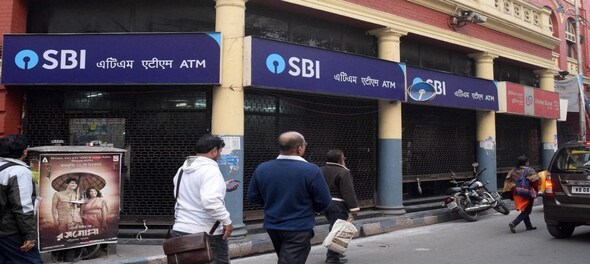
At 8.30 pm on the night of July 19, 1969, then prime minister Indira Gandhi announced to the nation that 14 major commercial banks which between them controlled 85 percent of bank deposits in the country, had been nationalised. The list included Allahabad Bank, Bank of Baroda, Bank of India, Central Bank of India, Canara Bank, Punjab National Bank and United Bank of India.
The ideological argument given was that the banks served merely the interests of crony capitalists and hardly bothered with the vast farm sector. The failure of over 350 private banks since Independence leading to depositors losing all their money, also gave it a populist underpinning. In reality, of course, there was substantial politics at play between the prime ministers and dissidents in the party opposed to her. Eventually, the move was considered a masterstroke by her though its economics remains debatable.
While discussions on the issue had been going on for a while, given the possibility of legal challenges there was hesitation among the PM’s people to move ahead. Besides Indira Gandhi, others involved in pushing through the radical decision were P.N. Haksar, principal secretary to the PM, as well as economists P.N. Dhar and K.N. Raj.
A key role was played by D.N. Ghosh, who was then attached to the banking division of the Ministry of Finance and would go on to become chairman of the State Bank of India (SBI) in 1985. Ghosh’s biography No Regrets talks about how the move was rushed through from the moment he got a dramatic call on the midnight of July 17 from Haksar to join the team given the task of drafting the ordinance in 24 hours so that acting President V. V. Giri could sign it the day before demitting office and before Parliament met the day after.
The country was in the midst of a whirligig of political activities as New Delhi buzzed with rumors of a rift in the ranks of the Congress. Not surprisingly, the Cabinet decision to nationalize the banks came a day after finance minister Morarji Desai, who was opposed to the move, was relieved of his portfolio leading to his resignation. What’s more the Cabinet decision was followed by the signing of the ordinance by Giri who was to relinquish office the very next day. That was important because with Giri gone there was no telling who the next man in Rashtrapati Bhawan would be.
Just a week before that, some senior members of the Congress had challenged Indira Gandhi’s authority by announcing Sanjiva Reddy as the party’s presidential candidate in direct confrontation with Giri, the PM’s chosen man for the job. Giri subsequently won the election as an independent with Indira Gandhi’s support.
After the cabinet had signed on, in the evening Indira Gandhi addressed the nation on radio and in a speech drafted for her by IG Patel, announced the nationalisation decision.
As expected, the move was challenged in court by the affected banks and on February 10, 1970 the Supreme Court held the hastily passed Act void mainly on the grounds that it was discriminatory against the 14 banks and that the compensation proposed to be paid by the government was not fair. A fresh Ordinance was issued on February 14 which was later replaced by the Banking Companies (Acquisition and Transfer of Undertakings ) Act, 1970.
Whatever the gains for the agricultural sector, the move did help shore up Indira Gandhi as a champion of the underserved. More significantly, it gave her the popular support to beat back the challenge of the old guard in the Congress opposed to her and threw the Syndicate in disarray.
The nationalisation process would continue through Indira Gandhi’s tenure as PM with six more banks nationalised in 1980.
—Sundeep Khanna is a former editor and the co-author of the recently released Azim Premji: The Man Beyond the Billions. Views are personal
First Published: Aug 17, 2021 7:59 AM IST
Check out our in-depth Market Coverage, Business News & get real-time Stock Market Updates on CNBC-TV18. Also, Watch our channels CNBC-TV18, CNBC Awaaz and CNBC Bajar Live on-the-go!


BJP replaces Poonam Mahajan with lawyer Ujjwal Nikam for Mumbai North Central Lok Sabha seat
Apr 27, 2024 7:53 PM
Meet Amritpal Singh, the separatist leader contesting Lok Sabha polls from Punjab's Khadoor Sahib
Apr 27, 2024 7:18 PM

